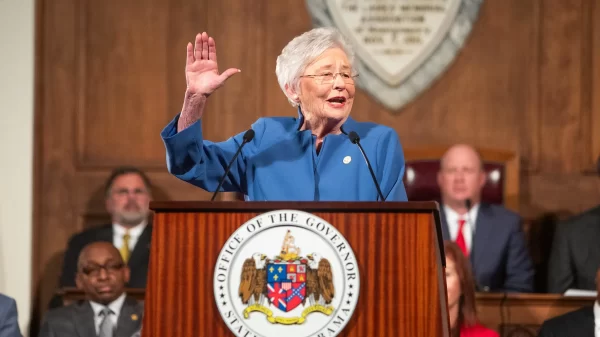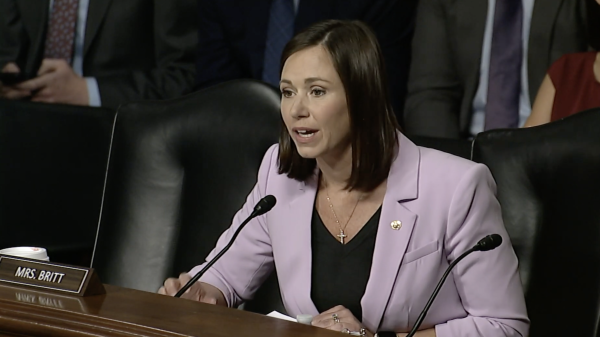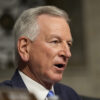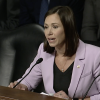The Alabama Department of Labor announced Friday that the state has set a new record low in unemployment rate, a new record high jobs count, a new record high employment count, a new record high labor force count and a new record low unemployment count
Labor Secretary Fitzgerald Washington announced on Friday that June’s preliminary, seasonally adjusted unemployment rate is just 3.5 percent, setting a new record low, beating the previous record low of 3.7 percent. June’s rate represents 2,160,931 employed people, a new record high and represents 10,456 more than last month’s count and 48,952 more than in June 2018.
“Another month, and yet another set of broken records,” said Gov. Kay Ivey. “It’s so exciting to be able to announce these great numbers month after month. It’s always positive to announce a new record low unemployment rate, but we also saw more people working than ever before, fewer unemployed than ever before, more people in the workforce than ever before and finally, more jobs than ever before. These gains are momentous, and we certainly hope they continue as the year progresses.”
The civilian labor force increased over the year by 39,099 to a record high of 2,240,309. The civilian labor force represents the number of people, aged 16 and over, who are either working or looking for work, excluding the military and those in institutions.
The number of people counted as unemployed dropped to a new record low of 79,378, which represents a drop of 9,853 people from June 2018.
“Let’s talk about jobs. Our economy is supporting more jobs than ever before,” Washington said. “There are over 37,000 more jobs in Alabama today than a year ago. Those jobs are coming with the second highest average weekly earnings in history. Workers are earning an extra $44.76 per week than they were a year ago and $21.91 more than they were just last month. Two of our employment sectors saw their highest average weekly earnings: the trade, transportation and utilities sector and the professional and business services sector. So not only are we gaining jobs, but Alabamians are bringing home more in their paychecks.”
Wages are also increasing. Total private industry average weekly earnings measured $860.73 in June, which is up from $838.82 in May and $815.97 in June 2018. That amounts to an average pay raise of 6.1 percent versus June 2018.
“Alabama is open for business,” said economic developer Nicole Jones to the Alabama Political Reporter. “Leadership in the public and private sector continues to collaborate to promote available job opportunities and the skills needed to attain specific career paths.”
Over the year, wage and salary employment increased 37,300, with gains in the professional and business services sector of over 8,000, the construction sector over 7,800 and the leisure and hospitality sector up over 6,800 jobs, among others.
Wage and salary employment increased in June by 6,600. Monthly gains were seen in the leisure and hospitality sector of over 1,500 jobs, the trade, transportation, and utilities sector of over 1,100 jobs, and the construction sector of over 1,000 jobs, among others.
The trade, transportation and utilities sector and the professional and business sector’s average weekly earnings measured $702.96 and $1,087.97, respectively, which represents both sectors’ record high earnings.
All 67 counties saw declines in their over-the-year unemployment rates, with drops ranging from half a percentage point to more than 3 percentage points. Wilcox County, which traditionally has the state’s highest unemployment rate, saw its rate drop by 3.4 percentage points to 7.3 percent, its third lowest rate ever recorded.
“To put this in perspective, take a look at Wilcox County,” Washington said. “During the recession, the county’s unemployment rate peaked at 31 percent in February 2010. Nearly one in three people in that county’s labor force were out of work. Now, they are at a near record low unemployment rate.”
“Since his appointment in 2014, Secretary Fitzgerald Washington and his team at the Alabama Department of Labor have analyzed trends in unemployment rates and subsequently taken a proactive approach to address the issue,” Jones said. “Many times this meant traveling to residents in our 67 counties to better understand their career goals and current skillsets. ADOL then brought employers and additional training to them. Collectively, these efforts have worked, literally and metaphorically, by making a difference in the lives of fellow Alabamians.”
The counties with the lowest unemployment rates are Shelby County at 2.5 percent, Marshall County at 2.8 percent and Baldwin County at 2.9 percent. The counties with the highest unemployment rates are Wilcox County at 7.3 percent, Greene and Perry counties at 6.8 percent and Clarke County at 6.5 percent.
The major cities with the lowest unemployment rates are Vestavia Hills at 2.2 percent, Homewood at 2.3 percent and Alabaster at 2.4 percent. The major cities with the highest unemployment rates are Selma at 7.2 percent, Prichard at 6.6 percent and Anniston at 4.9 percent.
The current population, or the household survey, is conducted by the Census Bureau and identifies members of the work force and measures how many people are working or looking for work.
The establishment survey, which is conducted by the Bureau of Labor Statistics, surveys employers to measure how many jobs are in the economy. This is also referred to as wage and salary employment.





















































